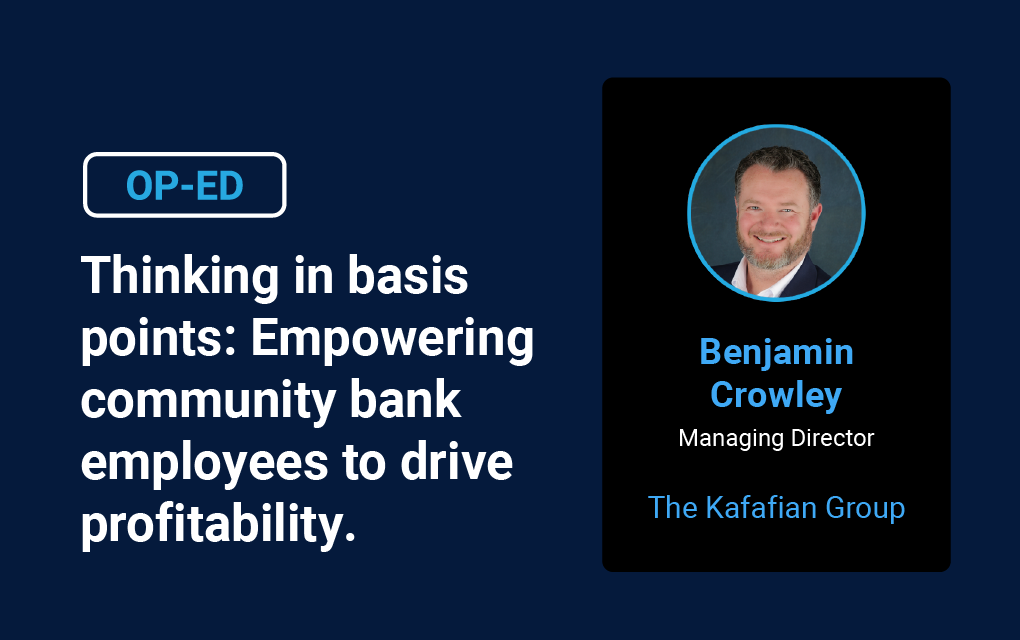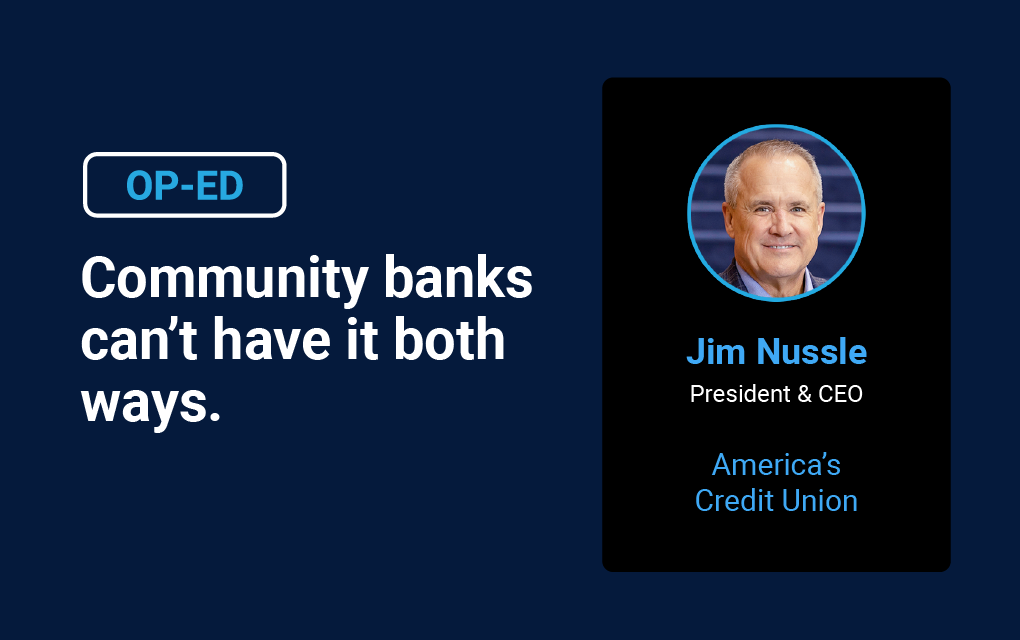Bigger than ever, fewer than ever
It is a curious moment for credit unions in the United States.
Perhaps every moment is, but by most measures the system has never been larger: 142 million members and $2.3 trillion in assets at year-end 2024. Yet there are fewer credit unions in service, only 4,455 federally insured institutions, continuing a decades-long consolidation trend.
While this is nothing new, I have kept a watchful eye on what I call the paradox of the modern U.S. credit union, a movement growing in reach while shrinking in count.
That paradox becomes clearer when you look at where growth is happening. Membership gains are concentrated among the biggest players. Credit unions over $1 billion in assets consistently expanded in 2024, while smaller peers often lost ground. Mergers accelerated, with 162 completed last year, driven by performance pressures and leadership succession gaps. By mid-2025, the count slipped further to 4,370 even as membership rose to 143.8 million. The movement is bigger, fewer, and increasingly complex.
Financial stability remains strong, but cracks are forming. The NCUA Share Insurance Fund ended 2024 with a healthy 1.30 percent equity ratio, yet examiners flagged stress points. Loan performance softened as delinquency reached 98 basis points and charge offs climbed to 80 basis points. These levels are still manageable, but they signal that the benign credit cycle is over.
Earnings tell a similar story. Higher for longer interest rates scrambled balance sheets. System net income was $14.4 billion in 2024 with ROAA at 63 basis points, down from 68 basis points. Margins improved slightly, but deposit competition eroded spreads and liquidity cushions. Revenue tailwinds met funding headwinds, and the pressure is unlikely to ease soon.
Story continued below…
Policy changes add another layer of complexity. The CFPB’s new overdraft rule for institutions over $10 billion takes effect this month, capping fees near $5 or treating overdrafts as credit. For the largest players, planning time is short. Meanwhile, the Credit Card Competition Act remains in play. Most credit unions are exempt, but ecosystem effects could ripple. History suggests smaller issuers are not fully insulated when routing mandates hit. This could be nothing, or it could be something significant.
Amid these challenges, some advantages remain. Credit unions do not own a big four branch network, but they have something arguably better: CO OP Shared Branching. With 5,600 shared branches and more than 30,000 surcharge free ATMs, the network quietly gives members coast to coast access and local institutions national reach. Yet even this program faces headwinds, with participation declining and concerns about member abuse surfacing.
Still, technology is reshaping expectations faster than ever. Two years after launch, FedNow boasts more than 1,300 participating institutions, mostly small banks and credit unions. Use cases are expanding from person to person transfers to payroll, loan disbursements, and refunds, the everyday transactions where speed matters. Corporate credit unions are accelerating adoption, moving clients from receive only to full send and Request for Payment capabilities.
For smaller institutions, the path forward requires clarity and courage. Cooperative scale should be leveraged to compress costs for compliance, fraud tools, and payments. Instant payments should become a brand promise tied to financial wellness features. Fee models need to be restructured before regulators force the issue. Interchange dependency should be reduced by growing non-interest income through merchant services, bill pay, and subscription style bundles.
Mergers should be approached as strategic opportunities rather than last minute rescues. And the outcomes story must be told with real metrics such as average member savings, fee forgiveness counts, and financial health improvements, because members amplify what can be verified.
Credit unions stand at an inflection point that rewards scale with soul. The system is resilient but consolidating. Policy winds will test legacy fee models. Technology makes instant the new table stakes. Winners will use cooperative strengths such as shared infrastructure, trust equity, and member governance to deliver modern speed without losing mission. If they do, the paradox resolves…not just bigger or fewer, but better.
Michael Murdoch is the AVP of Marketing for $1.2 billion-asset University Credit Union in Los Angeles. Prior to that, he was Director of Marketing and Branding for CUCollaborate.
Disclaimer
The views, opinions, and perspectives expressed in articles and other content published on this website are those of the respective authors and do NOT necessarily reflect the views or official policies of Tyfone and affiliates. While we strive to provide a platform for open dialogue and a range of perspectives, we do NOT endorse or subscribe to any specific viewpoints presented by individual contributors. Readers are encouraged to consider these viewpoints as personal opinions and conduct their own research when forming conclusions. We welcome a rich exchange of ideas and invite op-ed contributions that foster thoughtful discussion.










